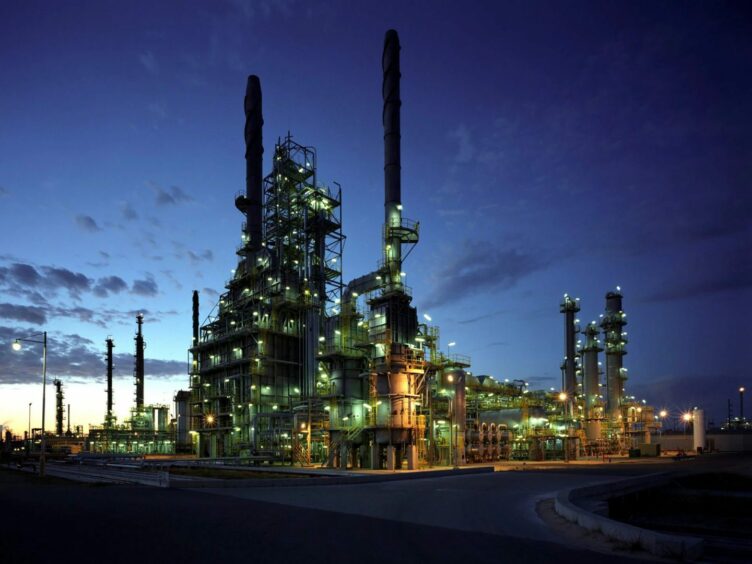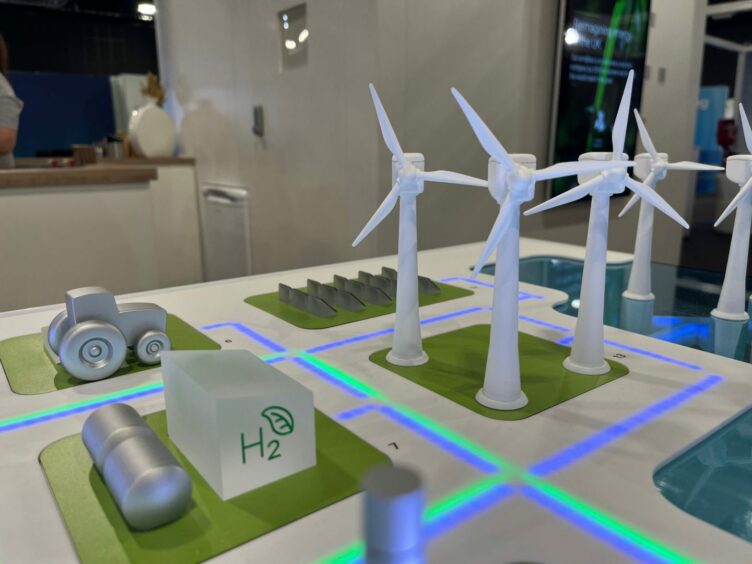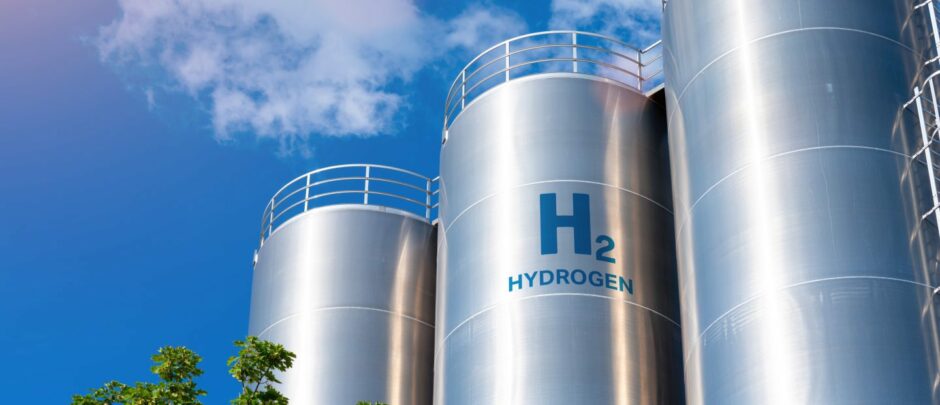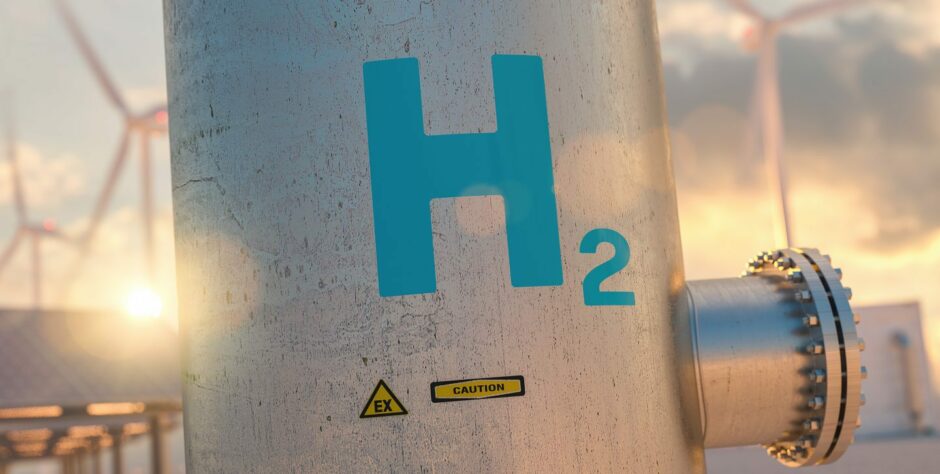
The number of operational clean hydrogen production projects worldwide is set to at least double in the next five years, according to research published by international law firm Pillsbury.
An additional 108 projects are set to start producing the gas by the end of 2028, producing an additional 48GW of capacity.
Of the 108 clean hydrogen projects set to come online, 64 are based in Europe.
Meanwhile, there are 18 projects set to be completed in Asia, 14 in Australasia, 10 in North America and one project each in South America and Africa.
In terms of GW electricity produced from hydrogen energy in the next five years, Australia is front of the pack with almost 28GW due to come online.
The Netherlands is in second place with nearly 7GW, followed by Ireland (nearly 4GW) and China and Spain (2GW each).
Germany home to most hydrogen projects
Pillsbury’s Hydrogen Map – an interactive global tracker of hydrogen projects – found that, alongside strong projected growth, the number of global zero and low-carbon hydrogen production projects has grown significantly, with 94 projects already producing hydrogen.
According to the research, Germany is currently leading in the development of clean hydrogen, with the country home to 25 of the total already operational projects (equal to 27%).
Following behind Germany are Japan, the United States and the United Kingdom with 7 operational projects each.
Globally, 326 clean hydrogen production projects have been announced and are at various stages of development.
This includes 310 green hydrogen projects and 16 blue hydrogen projects.
World ‘playing catch-up’ to Europe on hydrogen
As the pace of development in the global hydrogen sector quickens, the researchers are warning the UK is at risk of falling further behind the European Union and the United States.
The EU adopted its strategy on hydrogen in 2020, while the US followed suit through the introduction of a clean hydrogen production tax credit through the Inflation Reduction Act.
The US has also implemented a hydrogen hubs program through the Infrastructure Investment and Jobs Act (IIJA) whilst also introducing its National Clean Hydrogen Strategy and Roadmap.
Meanwhile, the UK launched its hydrogen strategy in 2021.
Pillsbury said the recent growth in hydrogen projects follows significant efforts by governments across the world to promote the hydrogen industry.
Pillsbury global energy industry leader Elina Teplinsky said the rest of the world was currently “playing catch-up” to Europe.
“The United States has thrown its full weight behind catching up with the EU, so it’s not surprising we’ve seen strong recent growth, something that will likely continue in the years ahead,” Ms Teplinsky said.
“The hydrogen hubs program will be a significant moment in the hydrogen race.”
“At present, North America and the UK are certainly playing catch-up to Europe, given Europe had started well ahead of the pack with policies supporting the creation of a hydrogen economy.”
United States closing the hydrogen gap
Ms Teplinsky said thoughtful implementation of existing hydrogen initiatives could see the gap closed quickly.
“For example, the U.S. Department of Energy’s announcement this past Friday of the selection of seven hydrogen hubs for its $7B H2Hubs program, will likely see more projects announced in the coming months,” she said.
“However, this is largely predicated on the implementation of the 45V hydrogen production tax credit provided by the IRA, which is awaiting the issuance of rules by the U.S. Department of Treasury, expected by the end of this year; without eligibility for this credit, many projects may not proceed.”
“Similarly, the Canadian government has proposed a hydrogen investment tax credit in its 2023 Budget Proposal, but the details of that credit remain confirmed.
“The UK government is also in the process of selecting projects for grant funding and finalising both production and demand-side incentives.”
Ms Teplinsky said the recent global developments had created a “potentially very exciting landscape for hydrogen development on a global scale”.
“While the EU may have been fastest out of the gate, North America and the UK has certainly set its sights on closing the distance,” she added.
UK “embarrassingly unambitious” on hydrogen
London-based Pillsbury partner Gavin Watson the UK still lacked a coherent regulatory framework two years after the government unveiled its hydrogen strategy.
“In its recent report to the UK Parliament, the Climate Change Committee noted that the UK has lost its global leadership position on climate action,” Mr Watson said.
“It has been slow to react to the U.S.’ Inflation Reduction Act as well as the EU’s proposed Green Deal Industrial Plan.
“Both these initiatives will continue to pull investment away from hydrogen in the UK.”
Mr Watson said unless government strategy changes, the UK will “continue dropping down the pecking order”.
“The “Hydrogen Strategy Update” issued by the Department for Energy Security & Net Zero (in August) does little to suggest the UK will be a front-runner in the global pursuit of a hydrogen economy,” he said.
“In March, it was announced that 15 applicants would share £37.9m under the UK’s first hydrogen funding support.
“The announcement is embarrassingly unambitious especially after Germany announced it would spend over $20bn to develop its hydrogen industry between 2024 to 2027 – with over $4bn allocated for next year alone.”
Hurdles remain for hydrogen sector
While the number of worldwide hydrogen projects is set to double by 2028, Ms Teplinsky said a number of challenges still remain for the sector.
“Hydrogen is multifaceted in applications and ability to decarbonize many sectors, but some hurdles still need to be cleared before we have a viable global clean hydrogen market,” she said.
“One of which is the elementary question of how hydrogen will be transported in a cost-effective manner – whether via pipelines, conversion into ammonia or using new liquefaction technologies.
“Continued innovation and investment will see this hurdle cleared in time.”
Meanwhile, Ms Teplinsky expects to see significant growth in nuclear hydrogen projects.
“Given the magnitude of the clean hydrogen needed to meet decarbonization goals, the signs are pointing to a significant growth in nuclear hydrogen in the years ahead,” she said.
“There’s already been some promising movement in procuring hydrogen from high baseload-level nuclear in existing plants in both France and the U.S.”
Recommended for you


 © Supplied by Andrew Dykes
© Supplied by Andrew Dykes © Supplied by Shutterstock
© Supplied by Shutterstock © Shutterstock / r.classen
© Shutterstock / r.classen © Supplied by Andrew Dykes
© Supplied by Andrew Dykes